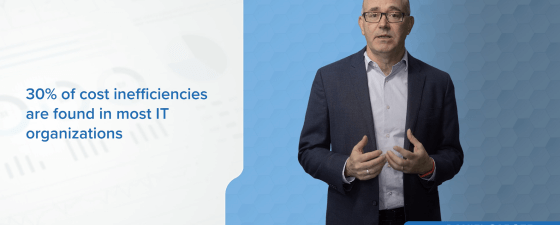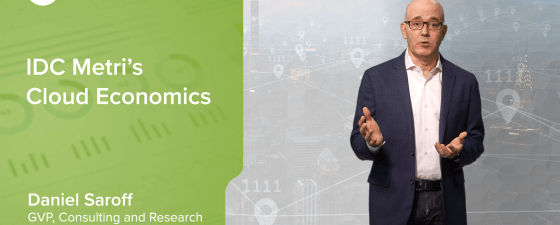Security and the Future of Trust
Security is a business enabler
Driven by a business-outcome focus, cyber security is seen as a business enabler rather than a blocker by 69% of European organizations. At the same time, European security teams are emphasizing the benefits of trust when demonstrating how security can support the business with achieving its strategic objectives.
IDC’s European Security research helps businesses to answer questions including:
- What are the defining trends of the European security market (including services) and how do they compare with other regions?
- What security challenges and opportunities are emerging from these defining trends?
- How do our security technologies, strategies, or services resonate with European buyers and suppliers?
- How can security be positioned as a business enabler, and how can security leaders build their business influence with other lines of business and C-Suite executives?
How we create valuable insight for you
- Regular product and industry briefings and data collection: This allows us to offer an informed perspective on how the European security technologies and services markets are evolving.
- Constant engagement with tech buyers: This allows us to develop informed regional and country- and product-specific perspectives on what security buyers want, and why.
- Take the long view: IDC’s security insights and data have been developed over many years. We know that both security buyers and sellers often have to move fast, but they want to base their decisions on long-term experience and deep insight. This is what we offer to you.
IDC’s European Research Offerings
Learn more about Security from our experts.
Research Programs
IDC’s European Security research offers insight and guidance on key challenges that organizations face when building business strategies and implementing security technologies and services.
Research includes:









